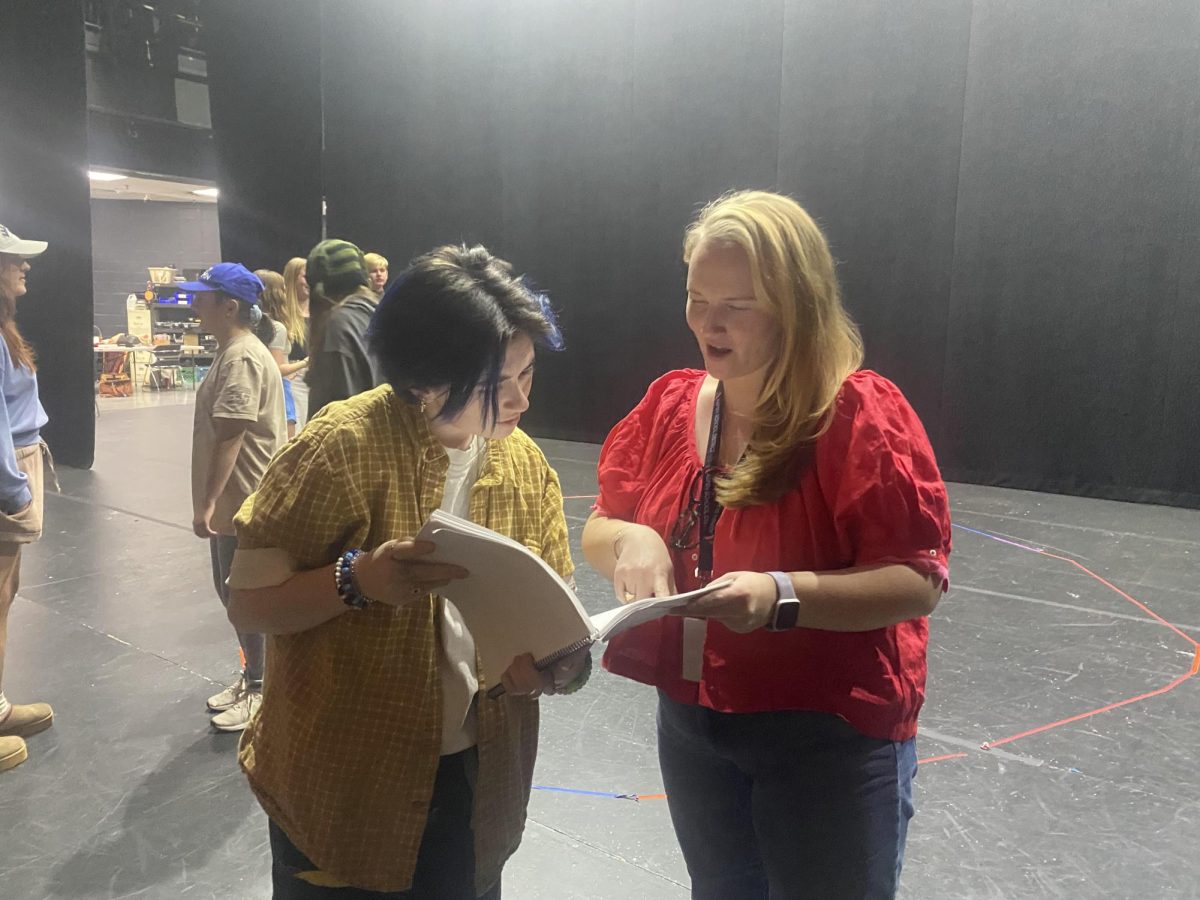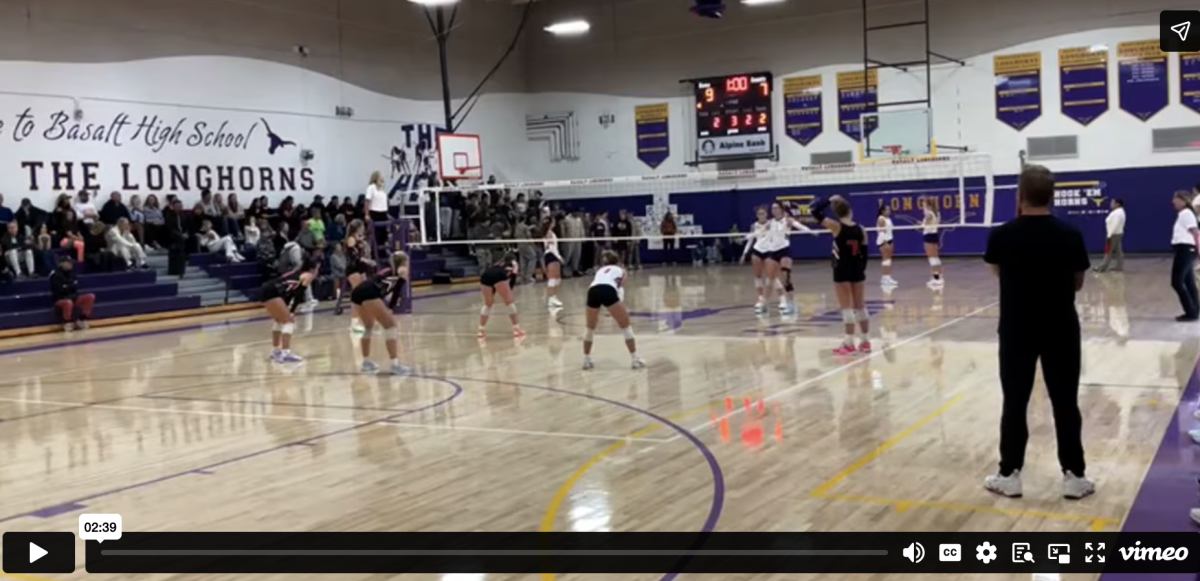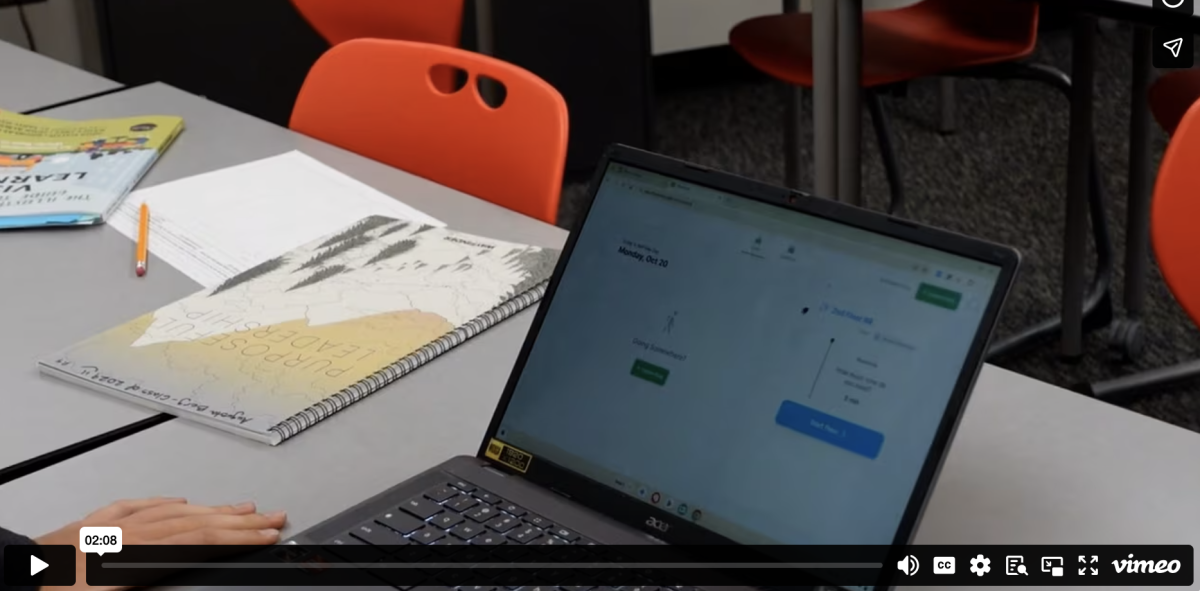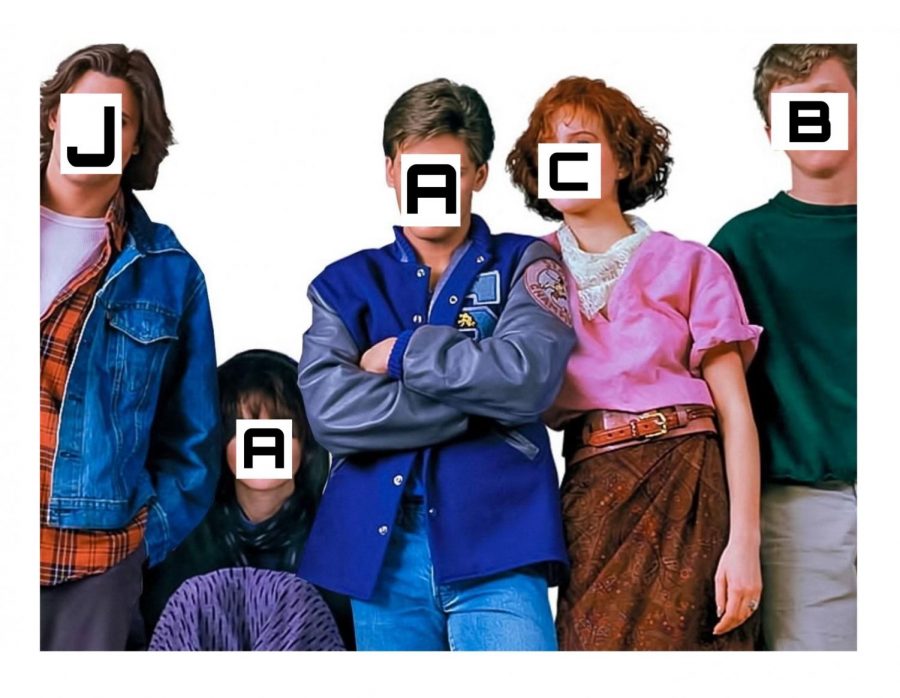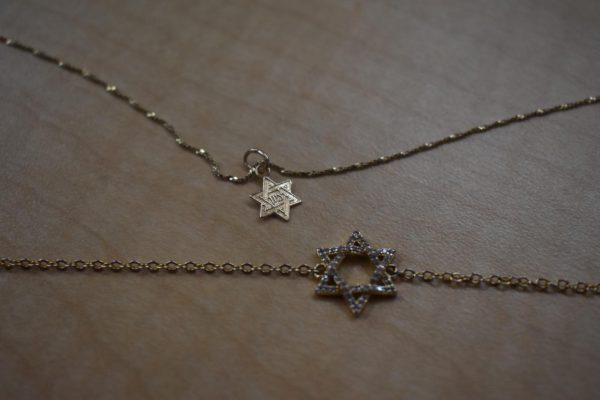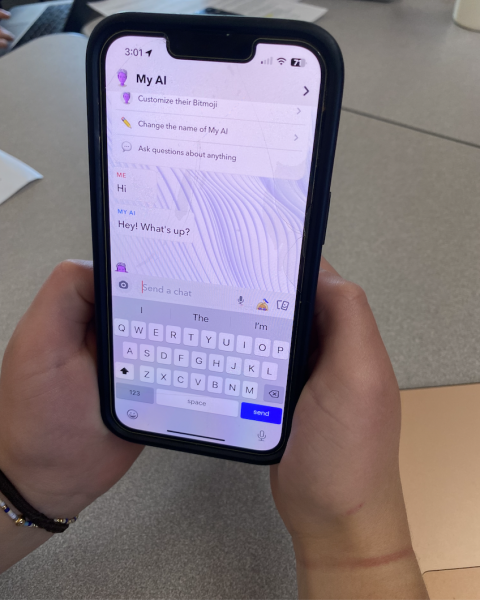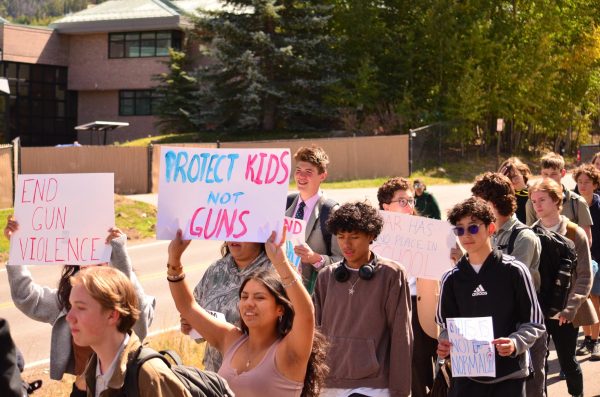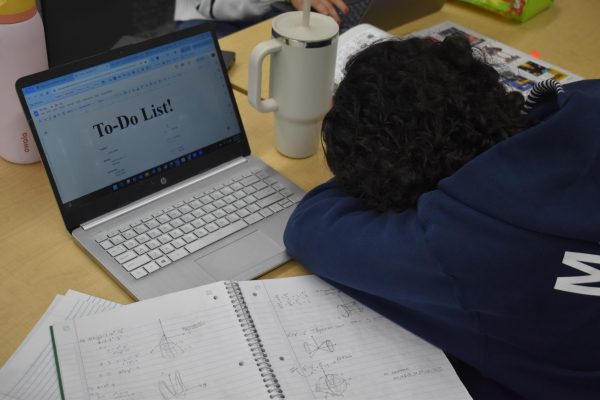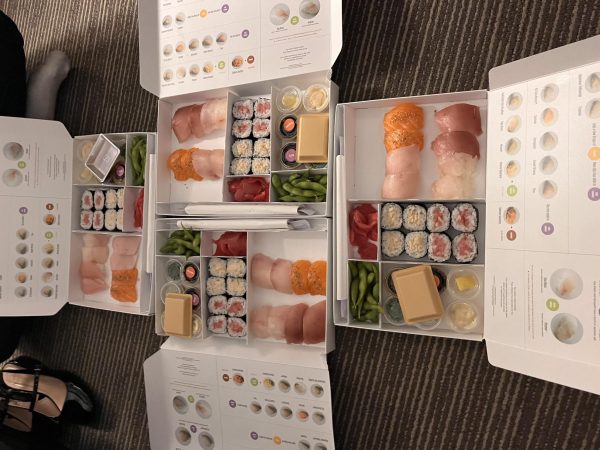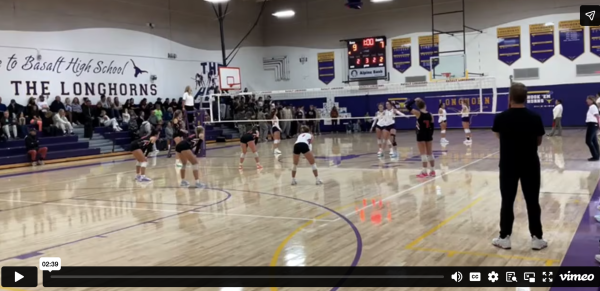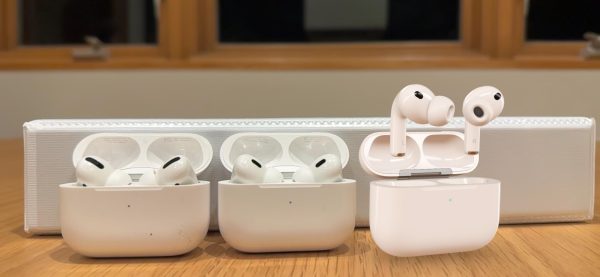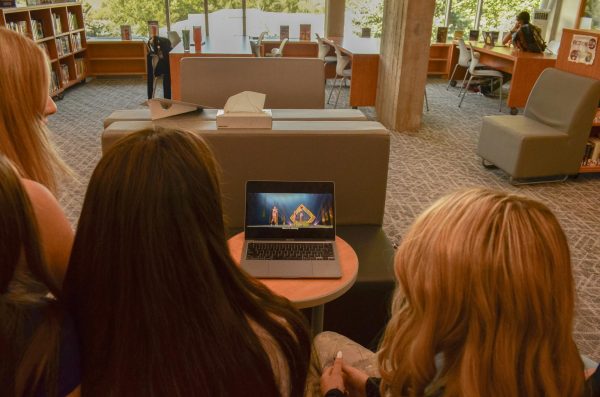CREW: Creating Relationships Everyone Wastes
CREW had a lot of potential for students and teachers to create a community during the pandemic, but many CREW classes fall short and instead serve as just another mandatory course.
Aspen High School began it’s 2020-2021 school year, like all other schools, in the midst of a pandemic. Students and teachers alike were uncertain about the upcoming year and if schools would go back to in person learning. For the majority of this school year, students have been learning remotely on Zoom or Google Meet, leading to a variety of issues including underdeveloped social lives and feelings of isolation or loneliness. To remedy these issues as well as provide guidance for students during the particularly turbulent series of current events, AHS introduced a mandatory class for the entire high school: CREW.
The goals of CREW vary drastically from what a student actually experiences in a real classroom. Most CREW classes consist of watching the SkierTV broadcast, a few announcements, and then dismissal. There are sometimes individual check-ins, but more often than not, class lasts for less than 20 minutes and involves little to no student-student interaction.
At the beginning of the year, the sentiment for CREW was wholesome and had real potential to benefit teachers and students alike. Students were told that they would be participating in different activities, varying from class to class, such as: reading intellectually stimulating texts, discussing societal problems, engaging in outside exercises, and conversing with peers. One of the most important aspects of CREW was supposed to be a community to forge new friendships and help ease the isolation of remote learning. Instead, for many students, CREW has become a hindrance and a weekly annoyance. COVID-19 has changed everyone’s plans numerous times between the start of CREW and now, forcing people to adapt and overcome, yet CREW has stayed the same: dismal and unremarkable.
The problems of CREW can’t be attributed to one source. While the unfulfilled potential has led to disappointing classes, as Rob Base and DJ E-Z Rock would say: ‘it takes two to make a thing go right.’ This is to say that it is not the teacher’s job to force students into socialization. As many AHS classes have observed, remote learning has given students the chance for minimal participation and low effort. With these allowances, CREW, a technically non-essential class, is the picture perfect example of how students can take advantage of a bad situation and potentially worsen it. Even if each CREW class had the optimal teacher, non-responding empty Zoom screens would still make the class a drag.
It is understandable, though, that radio silence isn’t uncommon. Nervousness and anxiety often prevent people from speaking up or making a joke that, if school were in person, would come naturally. These nerves work seamlessly with a lack of shared experiences between participants, causing an even greater bridge to gap. You can’t have The Breakfast Club without detention but you also can’t have it if Claire, Allison, Brian, John, and Andrew all turn their cameras off.
To be fair, AHS is making changes to the class that have yet to be formally announced and the students and faculty working to make CREW better are open to any feedback.
COVID-19 has caused so many catastrophic issues that CREW almost seems like an insignificant worry, but if classes, including both students and teachers, actually created the community and bonds that AHS aimed for from the start, then perhaps CREW could serve as more than just a hindrance during this pandemic.

Aja is currently a senior and has been writing with the Skier Scribbler since she was a freshman. She's spent her quarantine growing new plants, reading,...


